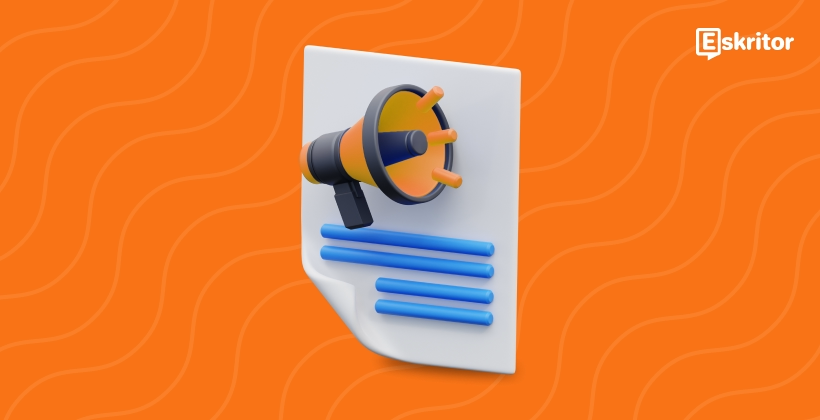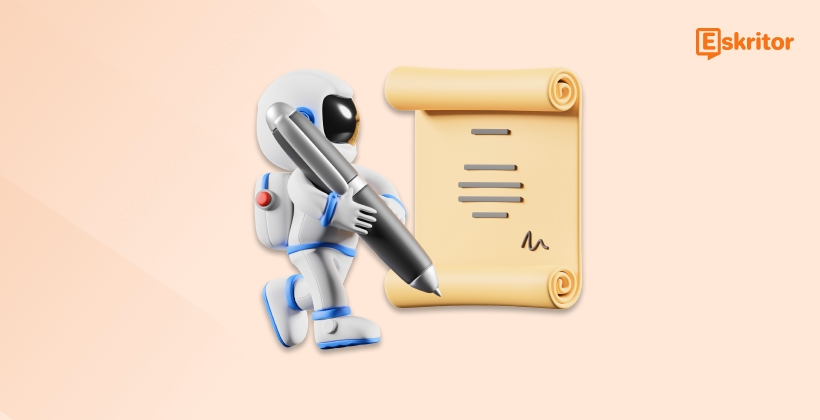AI Editing Features That Improve Your Writing Workflow
AI Editing Features That Improve Your Writing Workflow
Blog Article
Mastering Content with AI Editing Tools
As synthetic intelligence (AI) evolves, it remains to revolutionize how we approach modern modifying practices. From grammar correction methods to advanced content technology systems, AI Editing is reshaping the way in which authors, publishers, and builders refine their work. This website explores the position AI plays in contemporary modifying and the affect it's across industries.

AI-Powered Tools Major the Charge
AI-powered resources have grown to be an essential element of modifying workflows. Computer software fueled by organic language running (NLP) and unit learning may do projects like grammar checks, stylistic ideas, and word restructuring with unbelievable rate and accuracy.
For example, AI-based grammar pieces can identify errors that the human eye may possibly overlook, such as for example subject-verb deal issues or lost modifiers. Similarly, design innovations generated by AI make sure that tone and movement align with the intended market, that will be invaluable for qualified editors.
These methods are not just restricted to conventional syntax corrections. They are capable of improving readability, transforming passive voice to active voice, and even paraphrasing whole paragraphs without adjusting the meaning.
Effectiveness Meets Time Savings
Studies reveal that the usage of AI instruments can reduce modifying time by up to 30%. Instead of poring around every phrase manually, writers may focus their attempts on creative and strategic aspects of content. That shift enables experts to handle higher sizes of text in smaller times, that will be specially useful for industries like writing and digital marketing.
Also, predictive AI characteristics can highlight continuing mistakes, supporting writers improve their abilities over time. For organizations, this equals less assets used on revisions and more polished results right from the start.
Increasing Accessibility and Globalization
AI's role in modern modifying runs beyond efficiency. Advanced interpretation and localization methods allow makers to adapt material easily for global readers, breaking down language barriers with precision. This engineering guarantees that the same information may resonate with cultures global while preserving its authenticity.
AI also improves inclusivity standards by increasing availability in content. For example, calculations may identify potentially non-inclusive language and recommend alternatives. This capability enables authors to improve writing so that it resonates with varied audiences.

Striking a Harmony Between AI and Individual Creativity
While AI excels in speed and accuracy, it doesn't replace human editors. Products frequently lack the capability to understand nuance, sentiment, or ethnic context fully. The perfect system combines AI's efficiency with human imagination and understanding, resulting in truly exemplary work.
By leveraging these technologies in modern modifying practices, builders and writers equally can create top quality material that aligns with the fast-paced requirements of today's digital world. AI may be the future of editing, however the individual feel will be required for storytelling and connection. Report this page